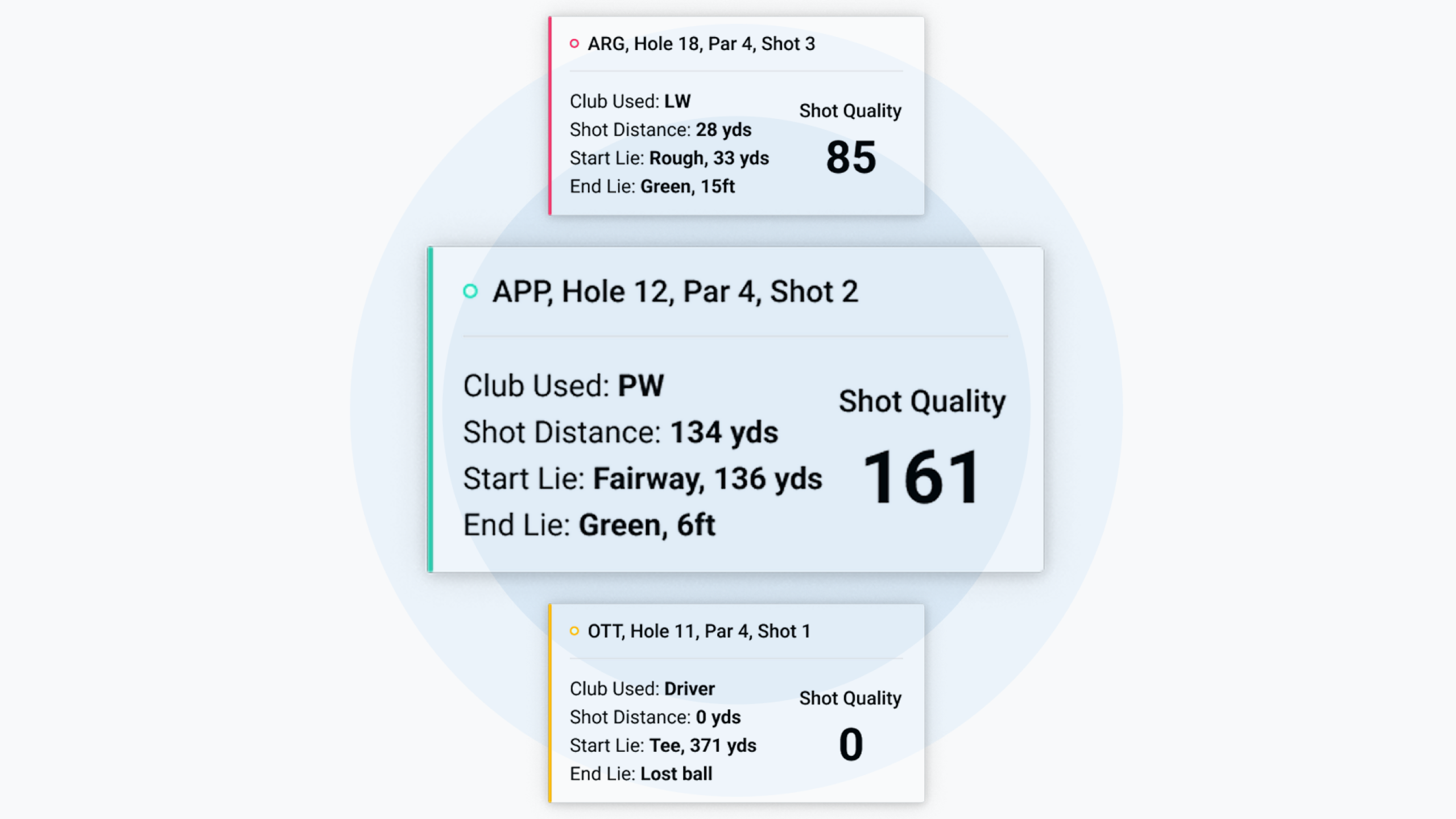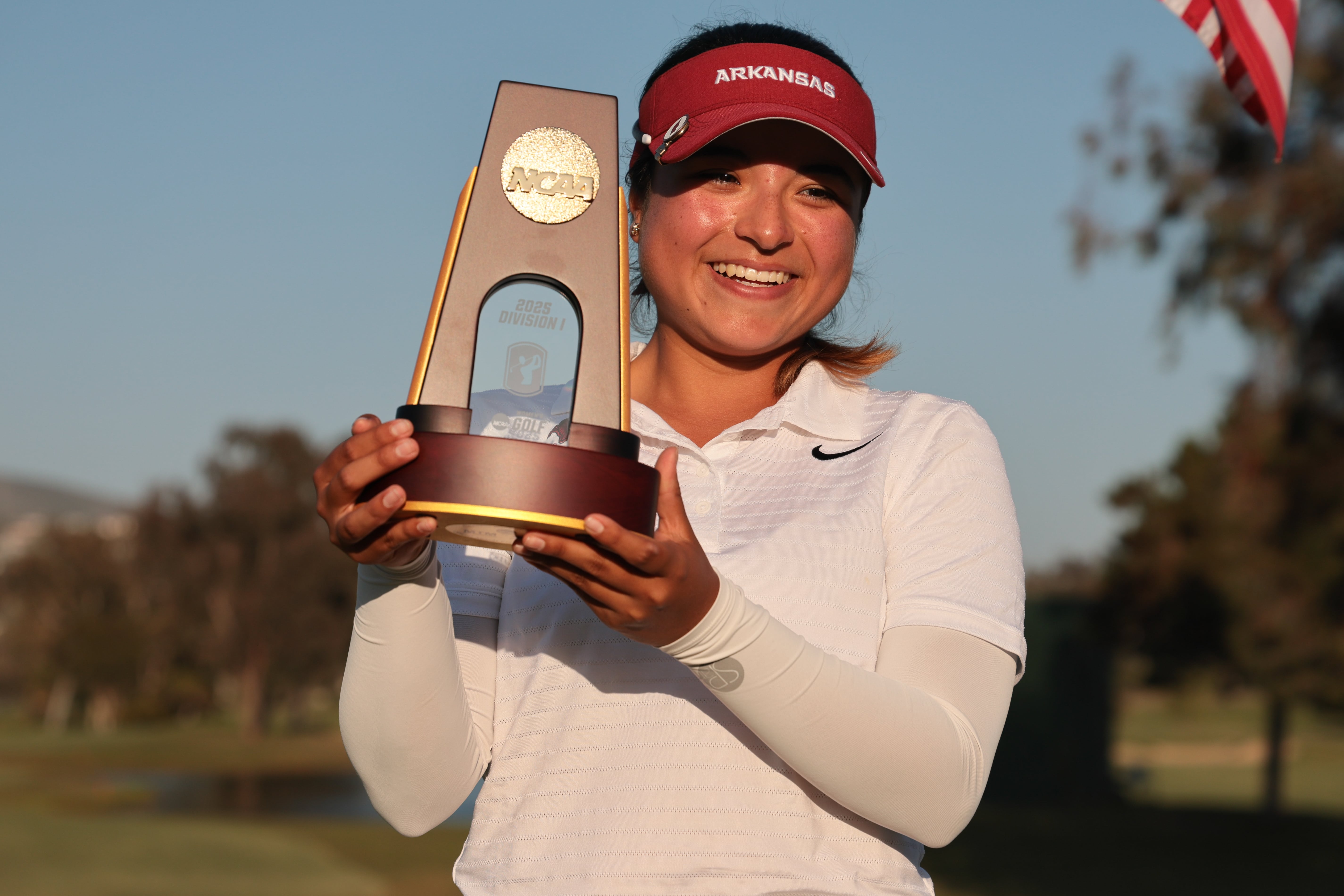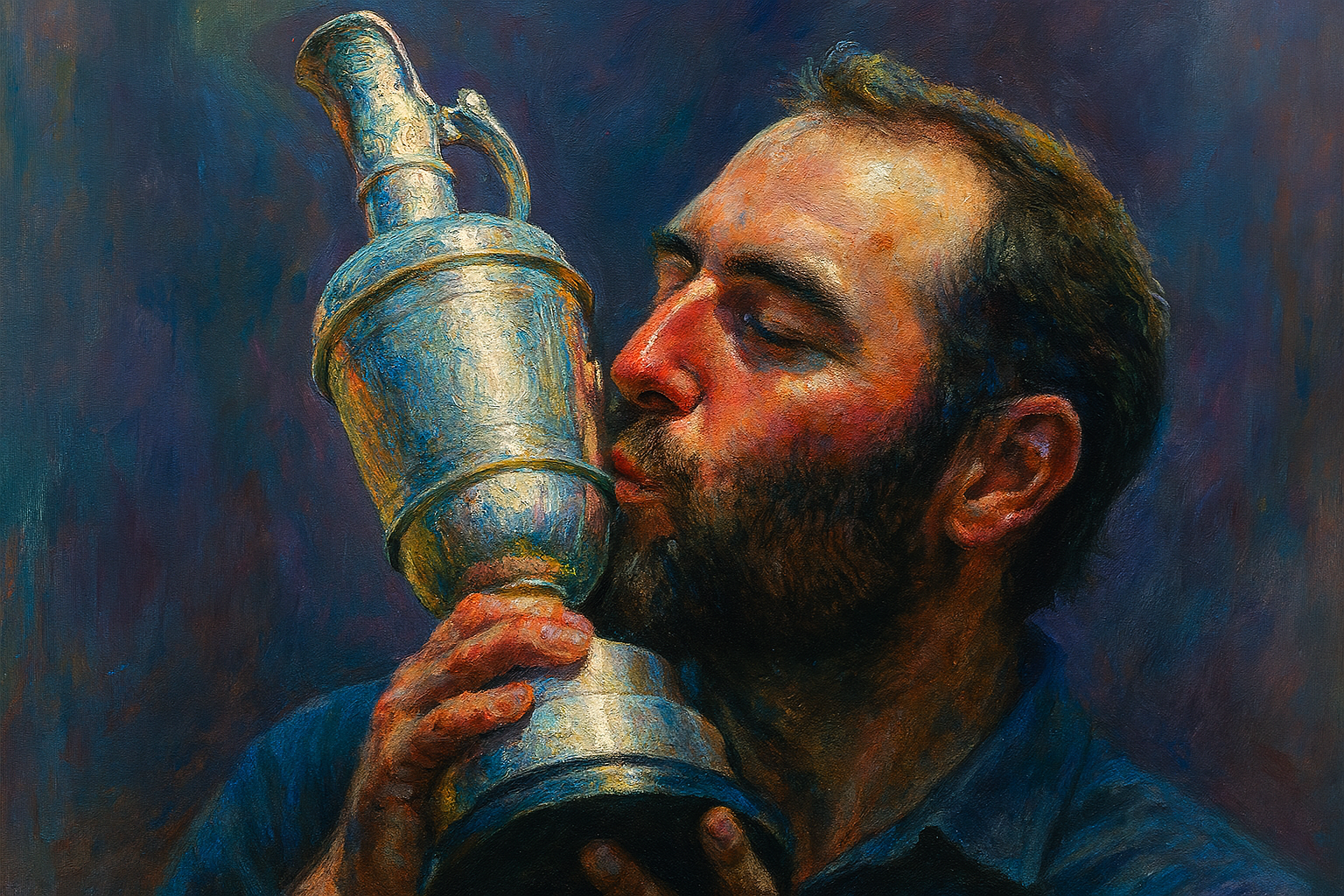Analysis

Statistical analysis reveals key advantages for the Northern Irishman over world No. 1 Scheffler ahead of the 153rd Open Championship
When the 153rd Open Championship begins at Royal Portrush this week, the golf world will witness a clash between two players who have redefined excellence in 2025.
Rory McIlroy and Scottie Scheffler, each with a major championship victory this season, one with a completed Grand Slam and set to play in a home event in front of adoring fans, arrive at the Dunluce Links as the world's top two golfers, their contrasting styles of play offering compelling narratives for golf's oldest championship.
The 2019 Open at Portrush established clear benchmarks for success: hitting greens in regulation proved crucial, while the steep run-offs and treacherous swales protecting the green complexes elevated short game finesse to championship-deciding importance. Golf analysts and oddsmakers have identified two critical factors for success — elite ball-striking with irons and creative short game skills to navigate the challenging lies around the greens.
Beneath the statistical parity lies a more complex story of divergent strengths and vulnerabilities
A comprehensive statistical analysis of both players' recent performance reveals compelling contrasts in their paths to excellence, with implications that could prove decisive when the oldest championship in golf reaches its climax on the Antrim coast.
Both players come into Royal Portrush performing at remarkably similar elite levels, with identical overall Player Quality scores of 105 — five points above the tour pro average. Yet beneath this statistical parity lies a more complex story of divergent strengths and vulnerabilities.

McIlroy holds a slight advantage in driving performance, with a Player Quality rating of 108 compared to Scheffler's 107. This edge comes in power off the tee, which could prove crucial at Royal Portrush, a truly mighty links course where a combination of distance and control can become paramount if the wind really blows.
However, Scheffler's superiority in approach play tells a different story. His 110 Player Quality rating significantly outpaces McIlroy's 102, with performance data showing the American's Average Shot Quality moving op to 112 over the last 20 rounds, far exceeding McIlroy's 102 across all distance ranges from 100 to 220-plus yards.
The iron play differential is substantial. Scheffler's consistency across all approach distances directly addresses what Royal Portrush demands most — finding greens in regulation.

Data Insights
Scottie leads substantially in APP Shot Quality over last 20 rounds (112 vs 102), showing consistent excellence across all distances.
Spoiler alert: at 110, Scottie’s approach game Player Quality is the best in the business and he outperforms Rory in nearly all yardage bands.
The largest gaps between the two players appear in the 120–140 and 140–160 yd ranges, with Scottie having the clear edge.
Rory’s data suggests he may need to elevate his iron accuracy to match Scottie.

Data Insights
Rory shows strong quality especially from fairway (FW 0–15, FW 15–30).
Scottie is more even across categories but doesn’t match Rory’s peak quality zones over the last 20 rounds.
Rory’s strengths may lie in more creative or demanding short game areas.
Sign up to Clippd with a free 30-day trial to get this level of analysis on your game
Over the last 20 tournament rounds, Rory holds the edge in Strokes Gained ARG (+0.52) and proximity (7'5" vs 7'10").
Scottie has superior conversion from rough (60% vs 49%), indicating better recovery from tougher lies.
Both have equal sand save conversion (35%).
Rory excels in ARG proximity and consistency, while Scottie handles rough recovery better.
Over the last 20 tournament rounds, average Shot Quality is narrowly in Rory’s favor (110 vs 108).

Data Insights
Scottie shows more volatility, with specific weaknesses at short-to-mid range (7-9 feet) and long putts (beyond 20 feet).
Rory is stronger in short-to-mid range putts (3–15 ft), crucial for scoring.
Rory shows a more balanced profile, while Scottie has peaks (7 feet and 10-15 feet) and troughs.
Over the last 20 tournament rounds, Rory's Putts Made Distance (82'9") exceeds Scottie's (75'2"), showing better conversion from longer range.
Rory is nearly twice as effective in SG PUTT (+1.45 vs +0.74).
Birdie or better % is identical (36%) for both players.
Rory has fewer putts overall, indicating better all-round efficiency.

Data Insights
Rory’s scoring is more influenced by approach play (35%), compared to Scottie (27%).
Scottie’s putting accounts for 44% of scoring impact—higher than Rory’s 34%, indicating higher volatility or influence.
Both have minimal sensitivity around the green (15–16%).
Rory’s recommended focus is APP 100–140 yds (High opportunity, SQ Trend: 97).
Scottie’s recommended focus is PUTT 15–35 ft (Medium opportunity, SQ Trend: 99).
The Psychology of Pressure
Advanced scoring sensitivity analysis reveals intriguing insights into both players' psychological profiles. For McIlroy, putting accounts for 34 percent of his scoring variance, but given his superiority in this area, this high importance works in his favor.
Scheffler's game depends even more heavily on putting (44 percent importance), yet this represents his relative weakness compared to McIlroy. When a player's most important scoring factor is also their relative weakness, that can create vulnerability under pressure.
Links Golf Implications
Royal Portrush's historical demands favor different aspects of both players' games. Scheffler's exceptional iron play consistency addresses the course's premium on hitting greens in regulation, while McIlroy's slight driving distance advantage could give him crucial course strategy benefits.
The 2019 championship saw winner Shane Lowry firing a course record 63 on the Saturday, in which the Irishman hit 17 of 18 greens. Over the course of the tournament, Lowry hit 59 of 72 greens to lead the field in GIR.
However, the combination of McIlroy's superior putting performance and short game conversion rates aligns more closely with the demands of links golf. His ability to score from difficult positions around the green and superior distance control on the putting surfaces could prove decisive..
The Verdict
While Scheffler's iron play excellence keeps him highly competitive and directly addresses Royal Portrush's most obvious challenge, McIlroy's advantages over the last 20 rounds in three of the four key performance areas — driving, short game, and putting — create a compelling case for the Northern Irishman's prospects.
The data suggests that when the championship reaches its decisive moments on the Dunluce Links, McIlroy possesses narrow statistical advantages that could swign things his way. Whether those numbers translate to lifting the Claret Jug will depend on execution under the unique pressures that only golf's oldest championship can provide.
For golf fans and analysts alike, the statistical backdrop promises a compelling championship where two different approaches to excellence will be tested against one of golf's most demanding venues.
Sign up to Clippd with a free 30-day trial to get this level of analysis on your game

.png)


.jpg)




.svg)